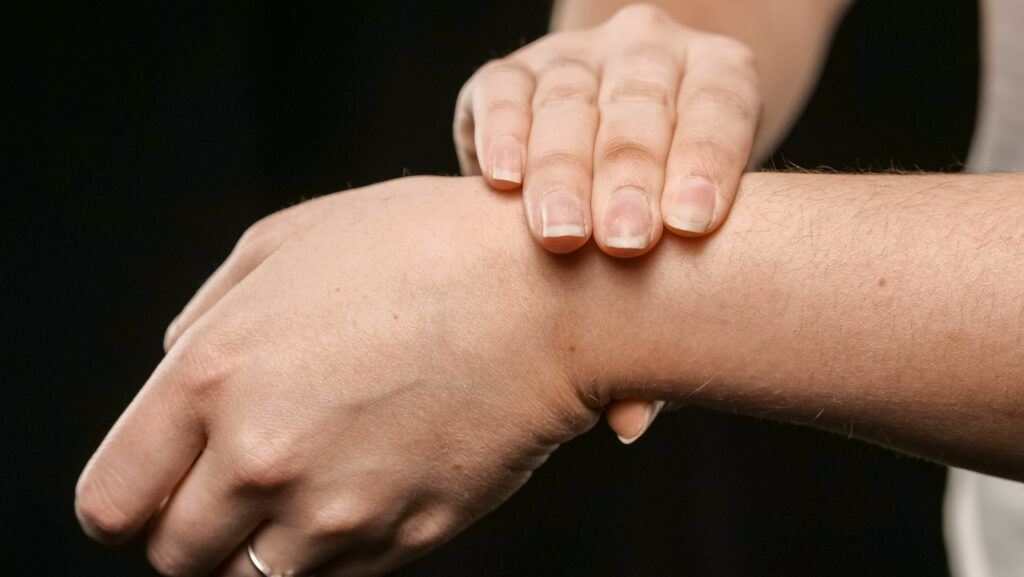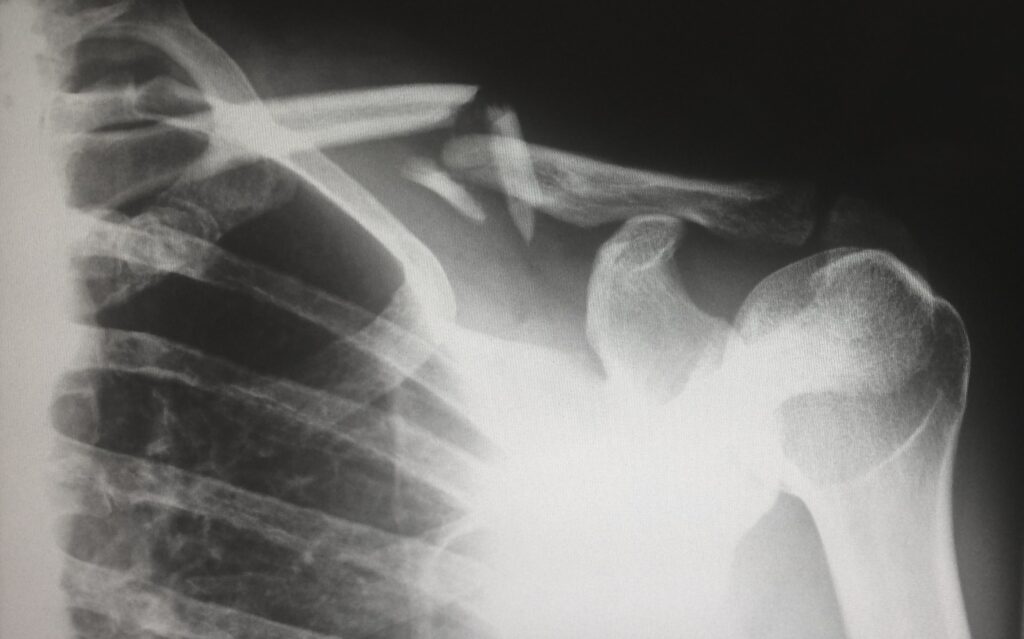For the Elderly, Fracture Care is Helpful in Recovering:
Many doctors may recommend a rehabilitation facility for straightforward recovery after the first treatment of the fractured bone at the facility. After a few days or maybe a week, the elderly patient is left to return home.
Fracture Care, while focusing on mental health, physical rehabilitation, and pain management. You should also make sure that your aging parents are receiving adequate care at their residence. The best option for this situation is an in-home caregiver.

A healthy diet and exercise regimen:
Osteoporosis or porous bones are the primary cause of old fractures. This disease gradually alters the bone’s thickness and consistency. The most important benefit is that you’ll have a better lifestyle. Osteoporotic fractures can occur in people over the age of 50 as a result of this.
There is an elevated risk of injury as a result of the weak skeleton system. There are numerous ways to avoid contracting this silent disease. Doing yoga and exercise, a part of your everyday routine, is essential for the procedure.
Fracture care at home:
Fracture care at home involves a high diet in calcium-rich foods, as well as bone vitamins, is recommended. Emoha’s caregivers are well-trained to assist the elderly in improving their quality of life and avoiding illnesses. You are not required to shoulder the responsibility of fracture care at home.
Avoiding mistakes and falling:
Falls and mishaps are the leading causes of elderly emergency department visits, according to medical experts. It gets increasingly difficult for us to maintain our balance as we become older. Combined with a lower bone density, these little falls and stumbles increase the risk of fractures in the elderly.
Elderly adults may be more prone to deterioration as a result. Nobody is delighted about breaking a bone because of the pain and slow healing. The Fracture care process at home can be more difficult for an older person who has recently broken a bone if you assume responsibility for their care.
In particular, if the patient has already suffered from physical infirmities, such as Alzheimer’s disease. Monitor the elderly with a medical professional if you care for an older person with a shattered bone. Why? Because of this fracture may be the beginning of something worse, such as osteoporosis. Medical attention is needed, as well as effective fracture care at home.

By not using any medicine:
When vitamins and drugs aren’t taken as prescribed or mixed, they might weaken the body. Progressive bone thinning might go unnoticed for a long time, although it is easily detectable and treatable. Drowsiness, decreased appetite, and bone density loss can occur in elderly adults who use many medications.
Thus, the risk of accidental fractures is increased. First and foremost, an Emoha caregiver can assist an older person by suggesting better options for their current medications. Caregiver assistance is also needed if these drugs have resulted in any fractures.
Trained specialists can treat all fractures at home :
Emoha’s caregivers are well-versed in assisting those recovering from any fracture. In Hip fracture care nursing is essential to speeding up the lengthy healing process. These are significant fractures that can seriously impair an individual and necessitate surgery most of the time.
Fractures of the forearm are another common occurrence. Usually, a fall on the extended arm weakens or tangles the fingers or wrist, leaving the arm in a semi-functional state until it has healed. There are also fractures of the thigh bone.
Falls and drops on hard surfaces can cause a femoral fracture of the shaft. Femurs are off of the hardest and longest bones in the human body, and they’re also some of the hardest to break. A limb fracture treatment plan is devised, including a cast for the entire body and round-the-clock assistance.
Relocated breaks or non-breaks before healing are both possible. A twisted fracture or an outstretched hand commonly results in these cracks in the hands of the elderly.

